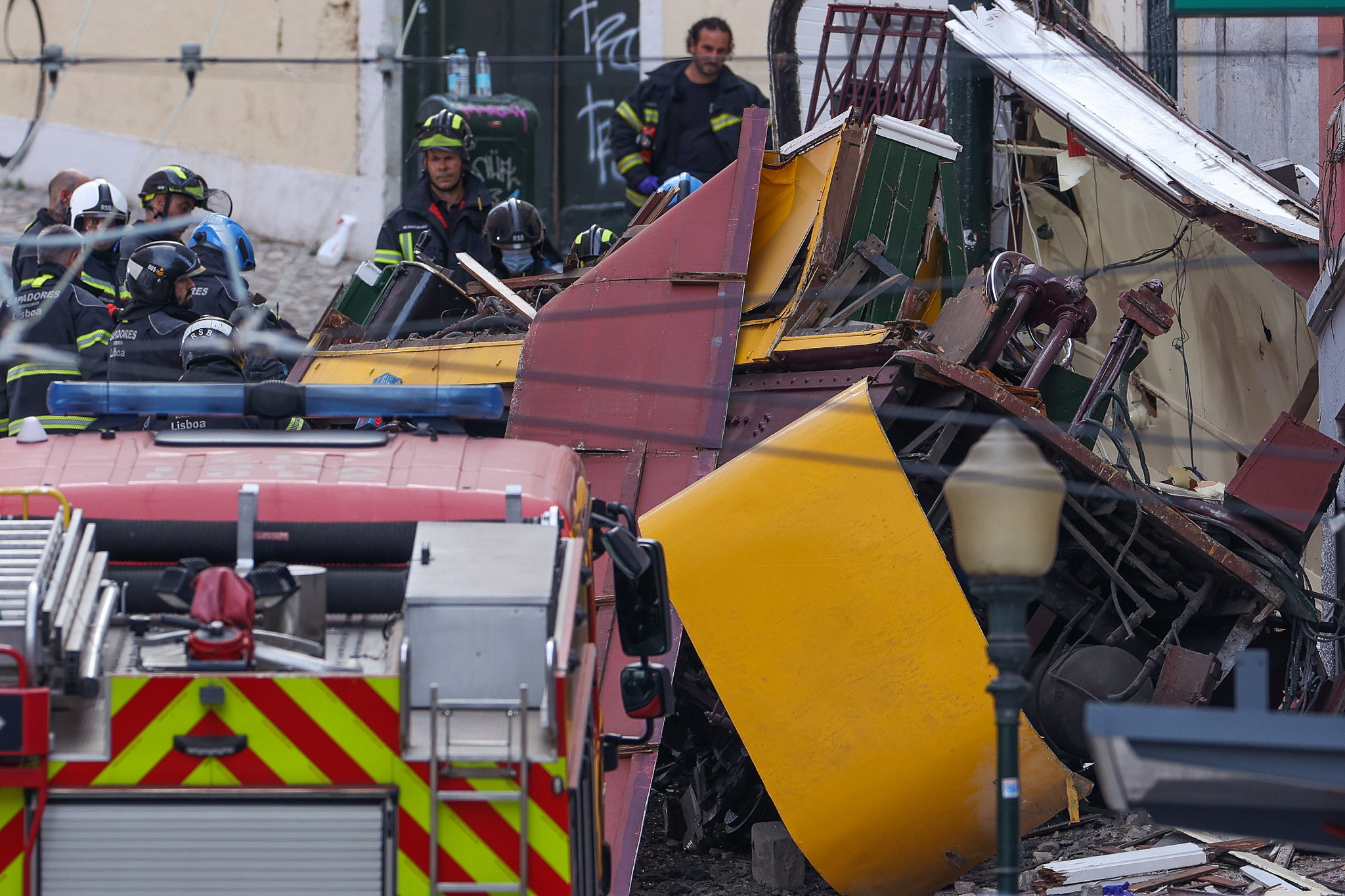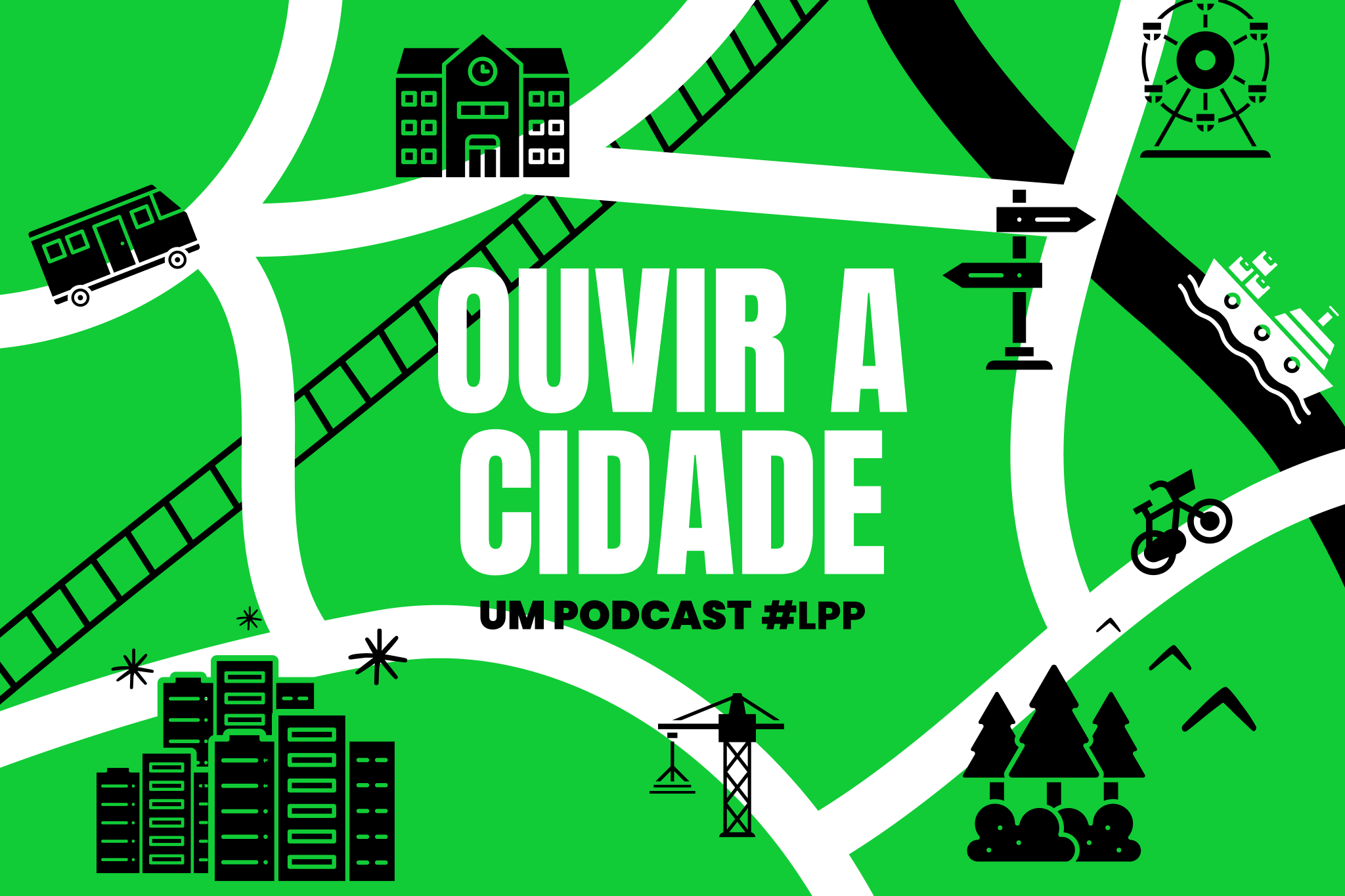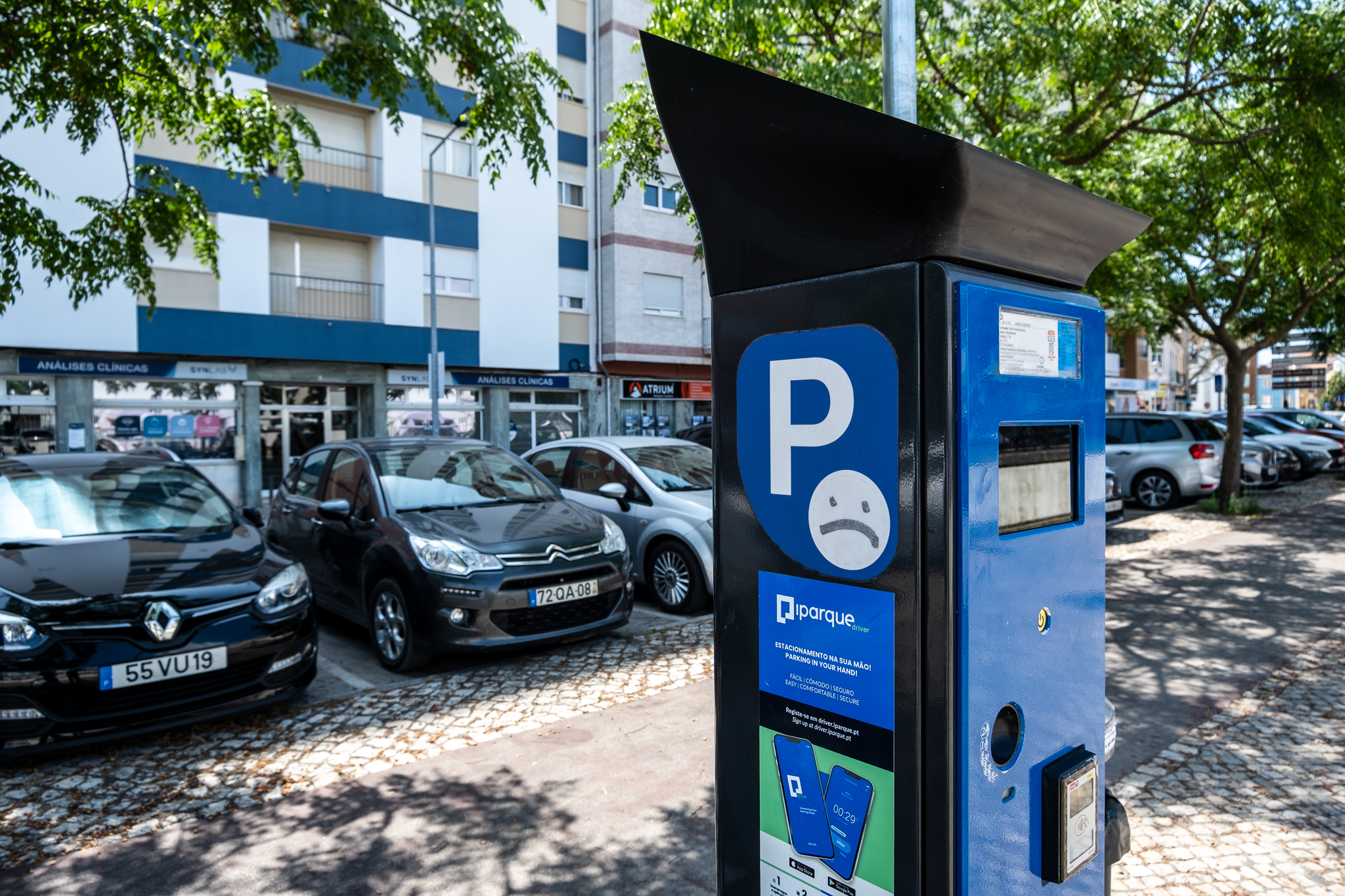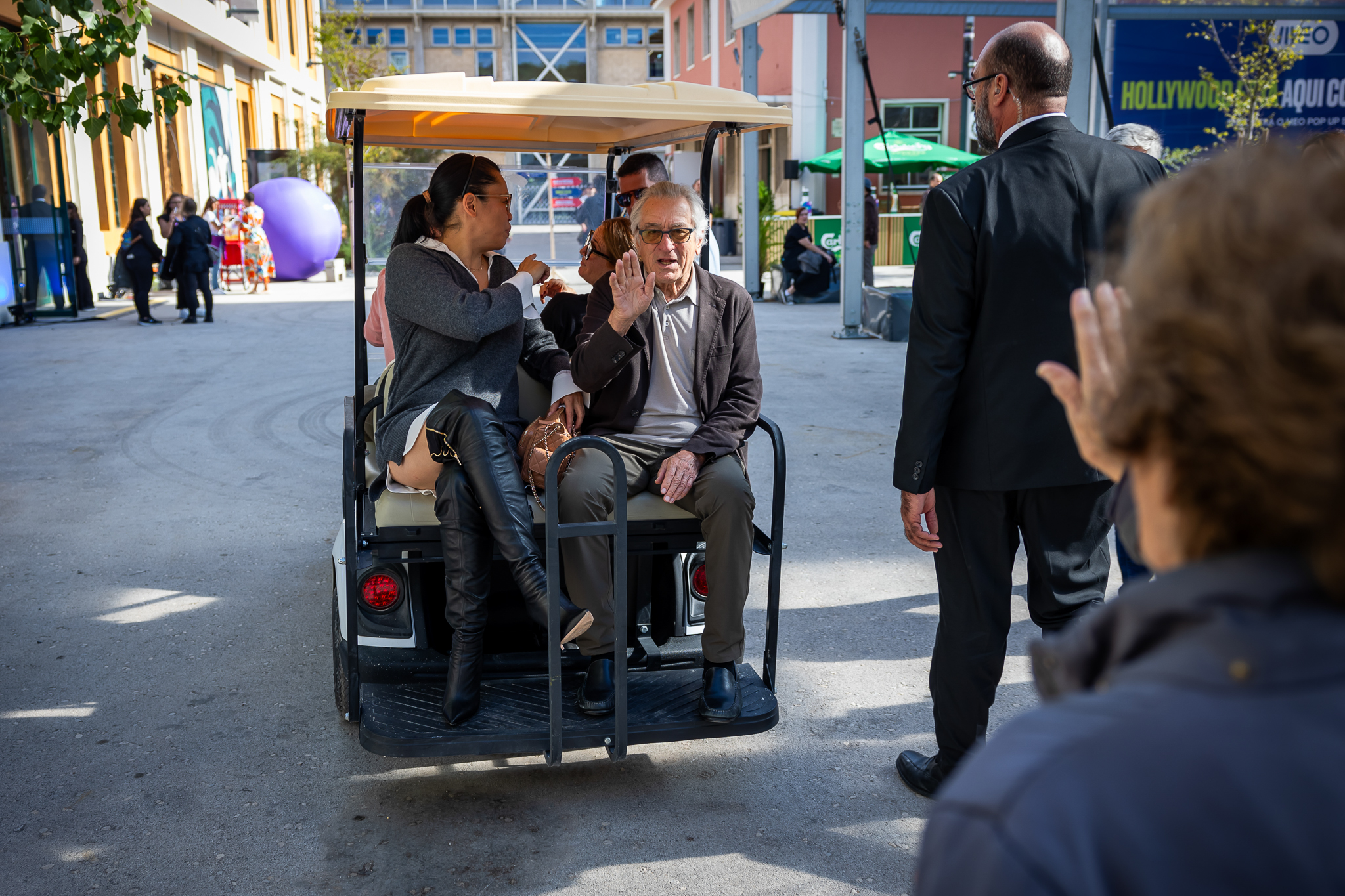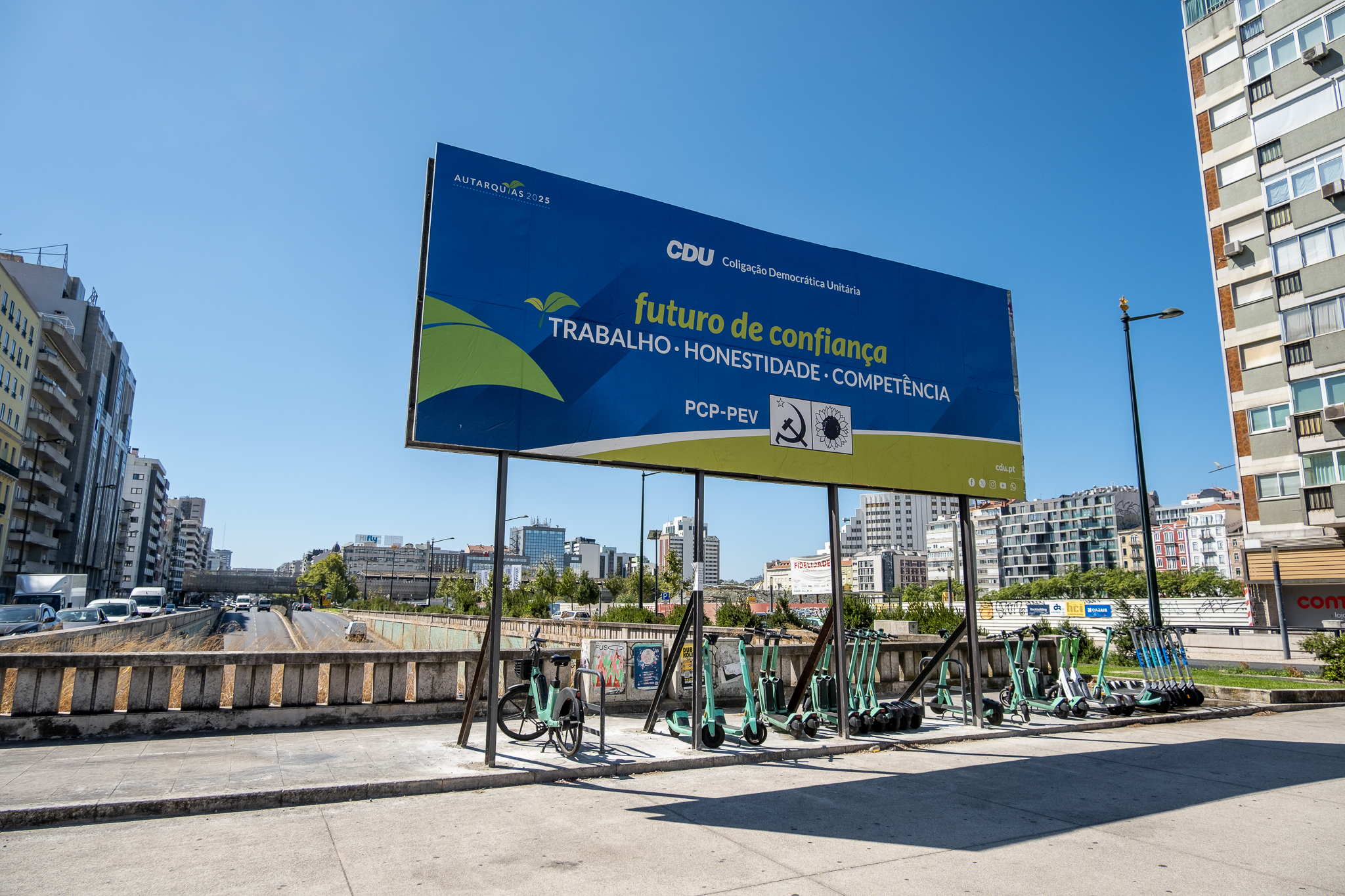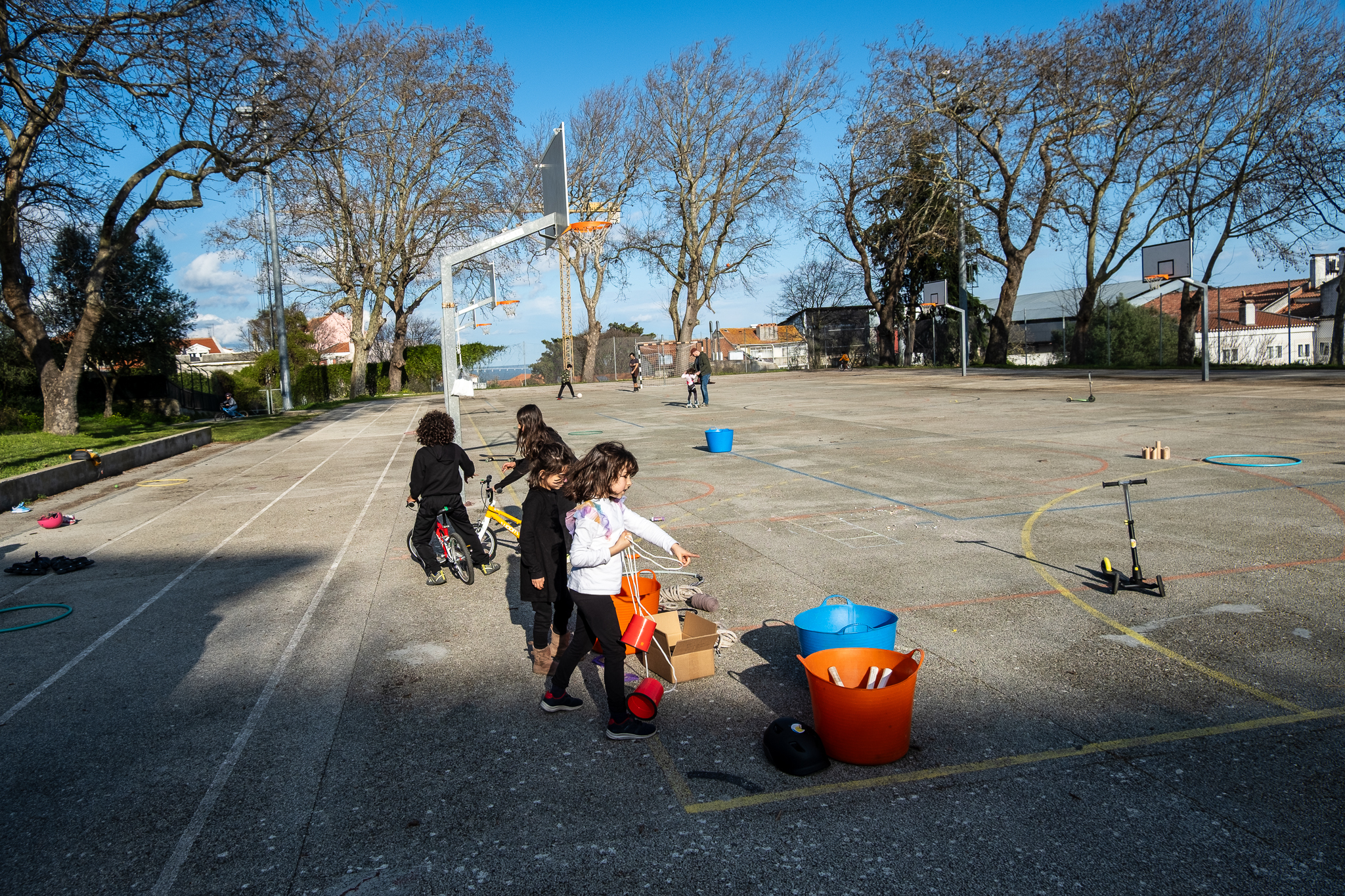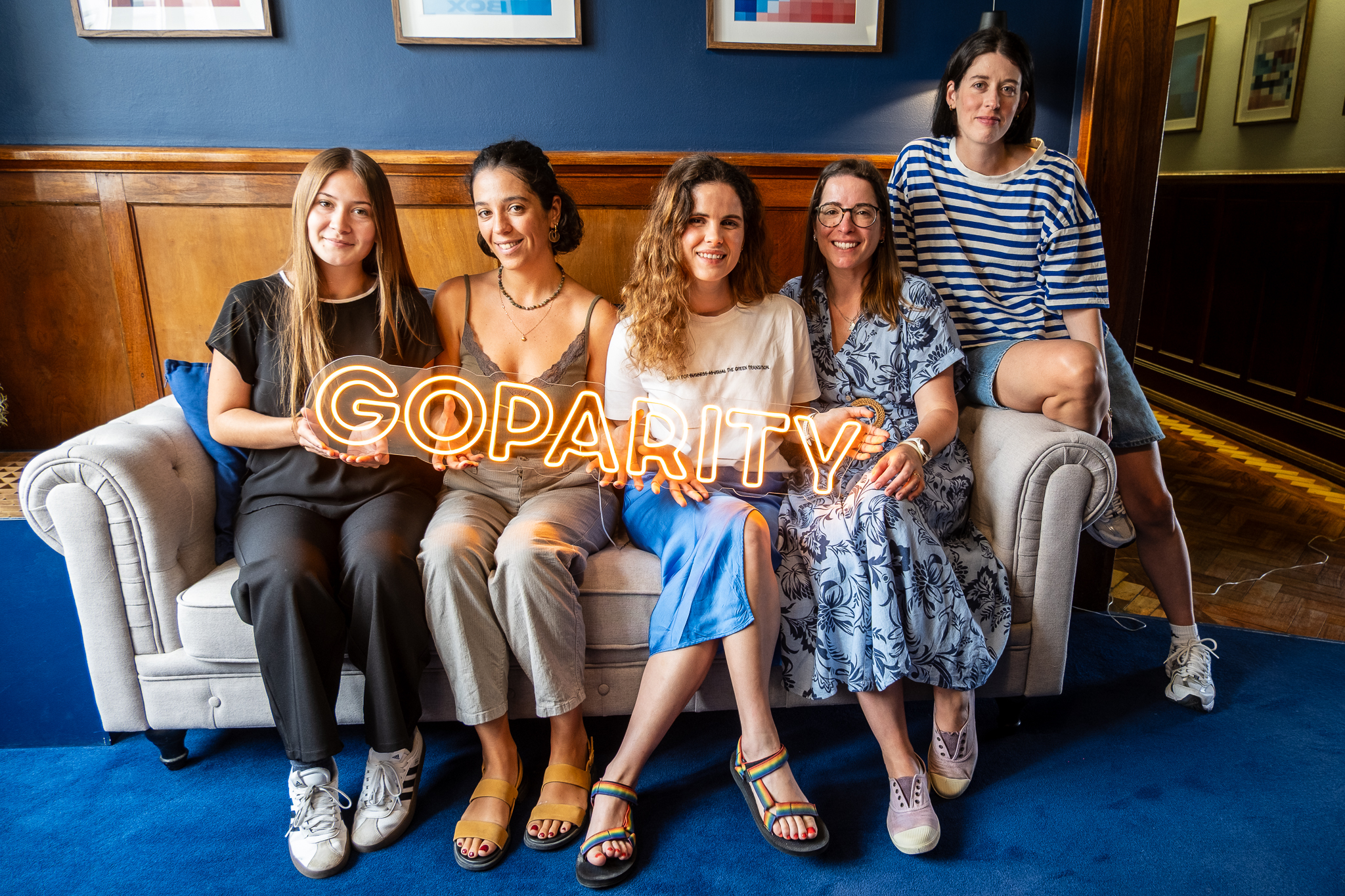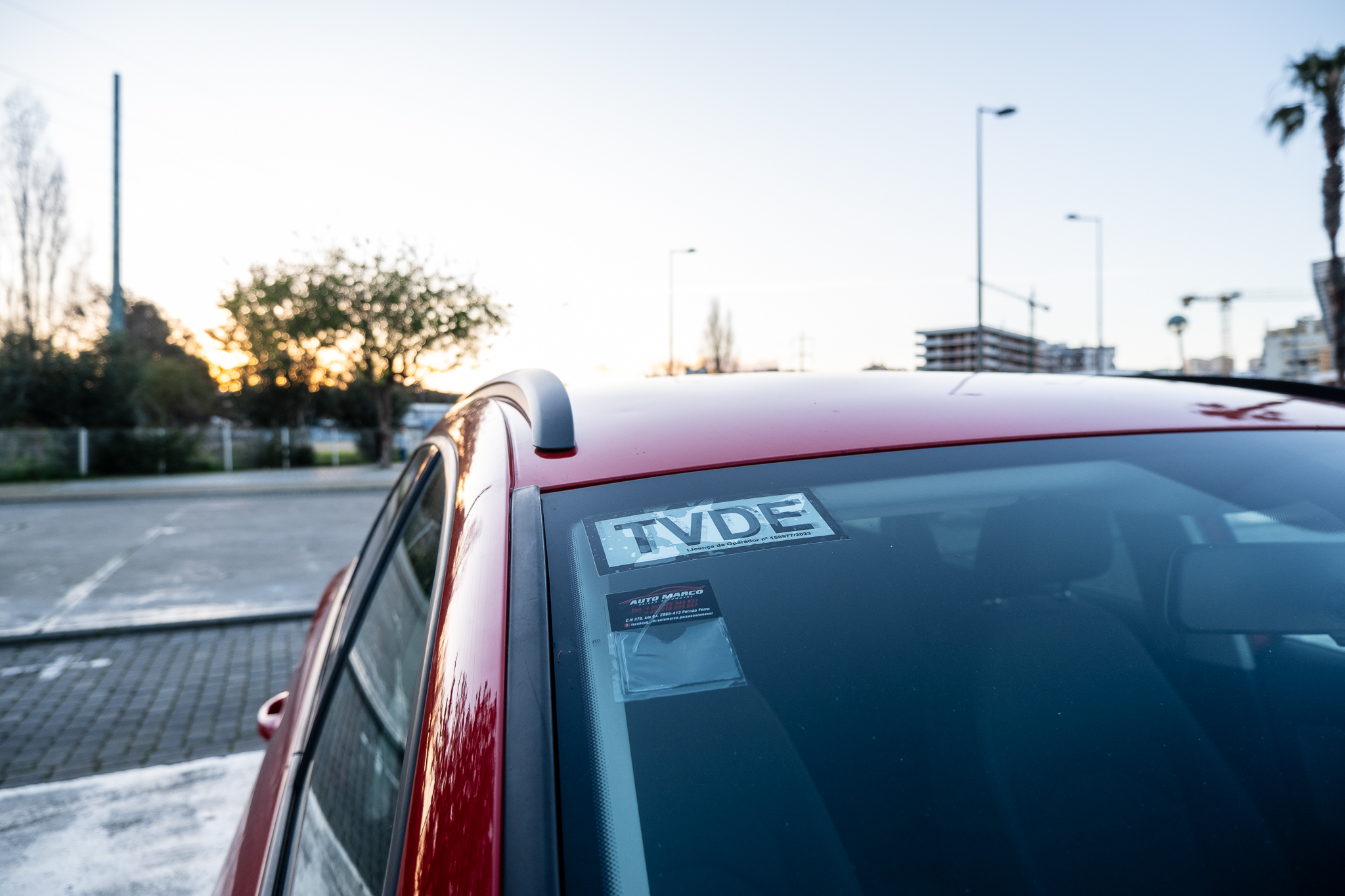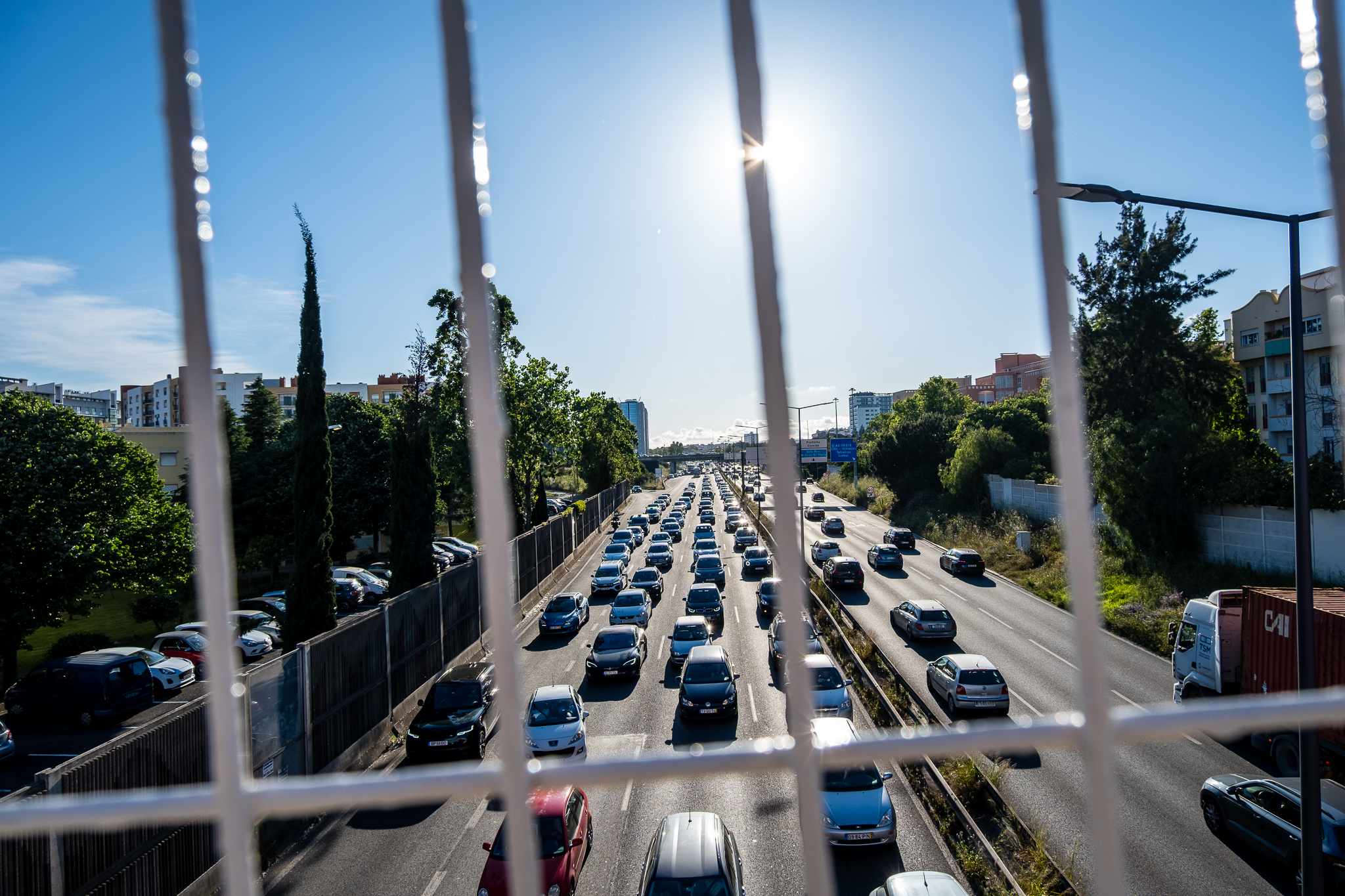
The percentage of students who say they cycle to school increased from 1.0% to 1.5% in one year - an increase of 50%. The car is still dominant with 51.4%, but 24.2% say they walk and 19.0% take public transport. The results of the annual survey Hands in the airpromoted by the municipality.
O Hands in the air is a survey carried out in various public and private schools in the city of Lisbon, among students from primary to secondary school. With just one question - "How do you usually get to school?" -The answers are recorded by the teachers in the classroom by raising their arms (hence the name of the survey).
The results of the 2020 edition of Mãos ao Ar (Hands in the Air) provide an X-ray of school mobility in the city. The report can be consulted on this page or download it at the end of this article. Here are some highlights:
- car use rose slightly from 2019 to 2020, from 48.6% to 51.4%. At the same time, there was a decrease in public transport, from 23.6% to 19%. Both pedestrian and cycling mobility grew from one year to the next. The pandemic could explain the migration from public to private transport;
- far more public school pupils walk to class (31.5%) than private school pupils (11.9%)This may have something to do with the natural closer proximity of public schools to young people's home areas;
- However, only 6.51 per cent of respondents from private schools opt for public transport, compared to 26.41 per cent from public schools. As a matter of fact, it is among private school pupils that the car is most used75.2% answered that they usually go to class this way, while in public schools the corresponding percentage was 37.4%;
- the option of using a car to get to school generally decreases as you move from primary school to secondary school. In the opposite direction, the use of public transport increases. In fact, in the case of secondary school students, the use of the bus, metro, streetcar or train to get to school is higher than the use of the carThis is an indicator of the autonomy of these young people.
- in relation to bicycleWhile 1.2% in public schools use it as their usual mode of transport to get to class, in private schools this percentage rises to 1.9%. In the 3rd Cycle and Secondary Education is when the bicycle is most popular, especially in private schools: 2.5% and 3.5%, respectively.
Initiatives such as the Bicycle Trains, a introduction to bicycle trainingthe expansion of the cycling network and the installation of secure parking at the door can contribute to an increase in the modal split of bicycles in the school environment in the coming years.
In the 2020 edition of Hands in the air 159 schools took part, including 107 public (82%) and 52 private (53%). Nearly 40,000 students were surveyed, corresponding to 40% of the school population from 1st to 12th grade. In 2019, the volume of participation was similar, although slightly higher: 188 schools (117 public and 71 private) and more than 47,000 students. Of the 159 schools that took part in Mãos ao Ar in 2020, 140 schools also took part in 2019, 62 schools took part in all editions and 13 schools took part for the first time in the 2020 survey. As mentioned, the sample size is representative of 40% of the school population and 75% of the city's parishes are representative of more than 30% in terms of the number of students. All of Lisbon's parishes are represented in this survey with at least one school.
O Hands in the air is inspired by the Hands Up Scotland (HUSS) by Sustrans, a British non-profit organization promoting active mobility, which analyses how pupils across Scotland travel to school. Launched in 2008, this survey is the largest set of data in the UK on journeys to school. O Hands in the air started in Lisbon in 2018 and takes place every October for a week.

